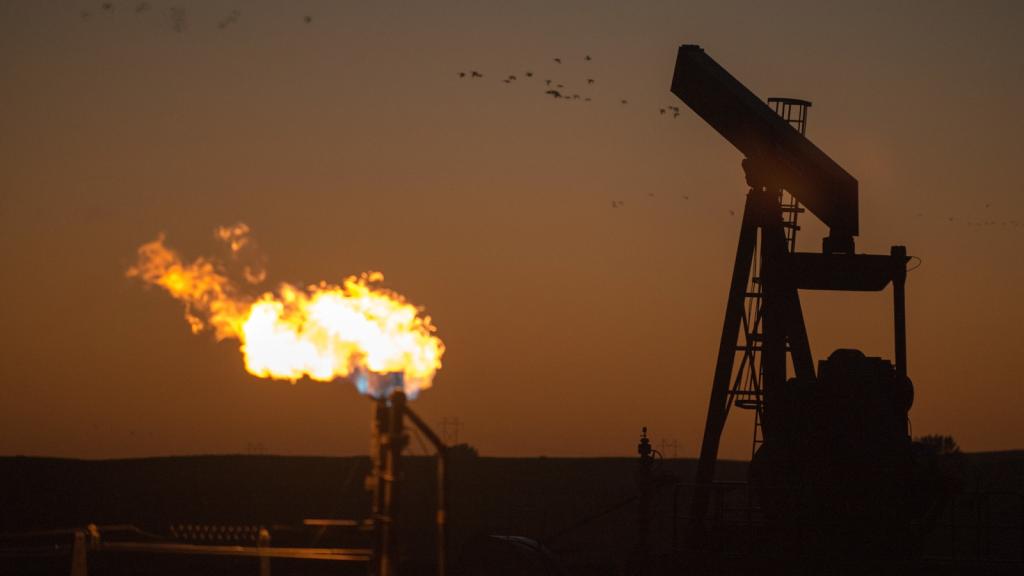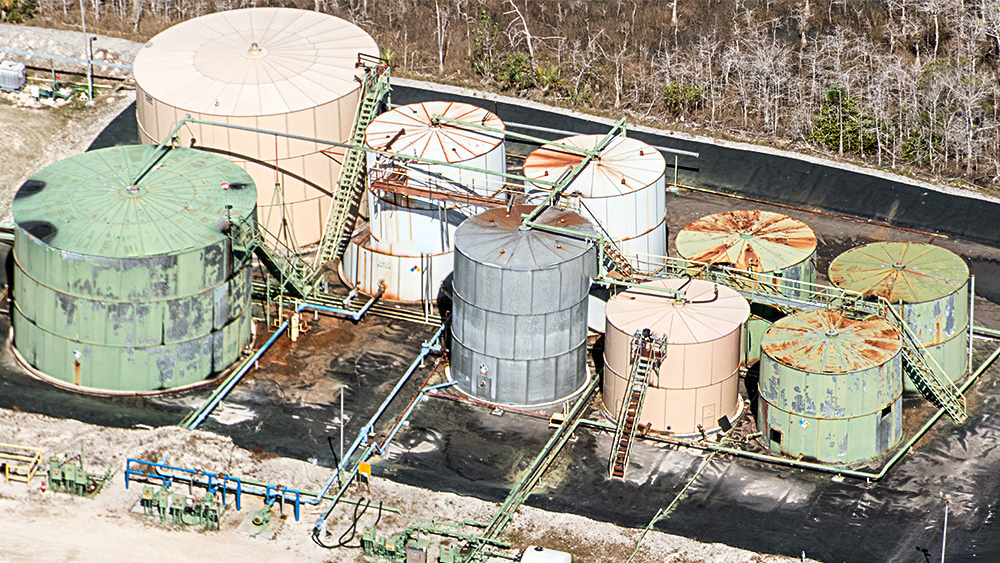On Tuesday the Bush administration announced plans to create the world’s largest marine protection area in the Pacific Ocean.
It’s a big deal. Huge even. Progressives like Jonathan Stein are rightly shocked and excited.
Remember though, an attitude of utter cynicism toward the Bush administration has served as an unfailingly accurate guide for eight years now. Let’s not be too quick to give it up.
After all, there’s this:
Two years ago with fanfare, President Bush declared a remote chain of Hawaiian islands the biggest, most environmentally protected area of ocean in the world.
It hasn’t worked out that way.
Cleanup efforts have slowed, garbage is still piling up and Bush has cut his budget request by 80%.
And one wonders just how a cash-strapped federal government plans to police this brand new marine sanctuary. Turns out, Jim Connaughton, Chairman of the White House Council on Environmental Quality, was asked just that earlier this week during a press briefing:
Q: Two questions. One, you mentioned monitoring. You also mentioned how remote this area is — and I have actually fished this area quite a bit. And my question to you is, monitoring is one thing, but enforcement is an entirely different issue. And I don’t honestly see how you can enforce any of this out there with the amount of government-based traffic that you have in the area. How do you plan to enforce these laws?
CHAIRMAN CONNAUGHTON: Well, let’s begin — first, this is our experience — these are challenging areas to get to, so there’s an embedded enforcement of just the difficulty of getting to these areas. Two, we operate from the presumption that most people who care about the resource, including your constituency, are law-abiding citizens, and so we expect that there will be a fair amount of increased awareness of the importance of the resource, and certainly that the boating community is very good about staying up to date on charts, especially the adventurous boating community, and staying up to date on — just for safety purposes — the conditions with respect to these remote areas.
Now, is there the potential for some Chinese commercial fishing fleet to come in and intrude the area? The answer to that is yes. And so one of our goals is through the management planning, and through several years of building out capacity, to also build out our capability to enforce.
So, the president’s plan is to someday get around to have better enforcement. As to monitoring, Connaughton had this to say:
Well, that will evolve over time, both with people in and about the resource, but also with advances in technology. So we begin to lay down the marks, we begin to put more monitoring systems, including passive monitoring systems that don’t require people. And then people pay more attention, because when you draw these lines, as we’ve learned from Hawaii and people enter the resource, important questions are asked, as, what are they doing there? Is this innocent passage? Are they there for scientific reasons? And then people just have a heightened level of awareness.
We know that over time this evolves well because our experience with marine sanctuaries has shown that after time people become quite invested in the conservation program, and you get a lot of just personal self-policing. And with things like Google Maps and Google Earth, our capacity only increases. And to me, what’s important is also let’s learn more about what’s happening under the water. Often we tend to focus on the surface or the very shallow coral systems, but these areas are an opportunity really to sort of revisit and reenergize our desire to learn about the depth of our world, even as we work on trying to get to Mars.
The government plan is to use Google Maps and Google Earth? Sigh.
Meanwhile, The New York Times‘ editors think Obama should improve on Bush’s marine sanctuaries: “It will be up to President-elect Barack Obama to take it from here. He should expand the monuments to the 200-mile limit and give them full protection against fishing and other exploitation. His administration should also work to create and expand marine protected areas closer to our shores.”

